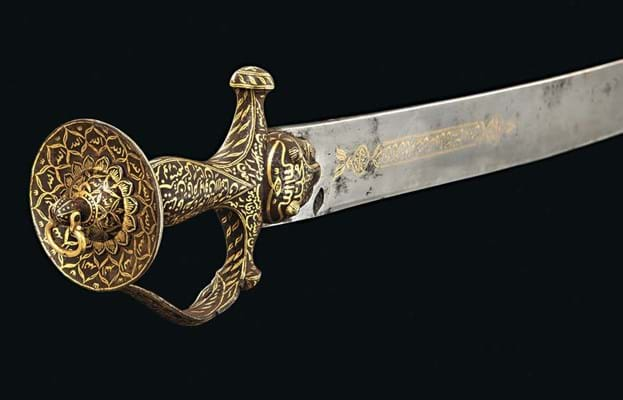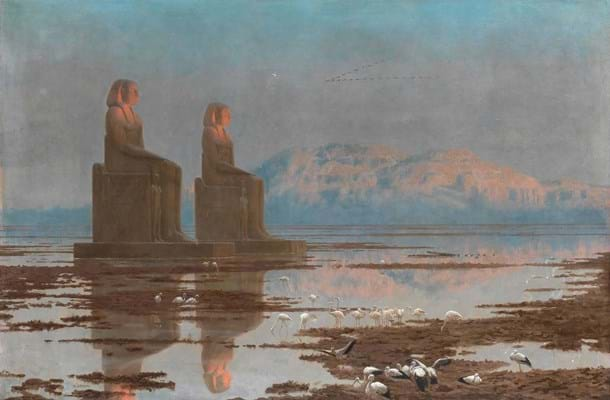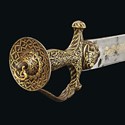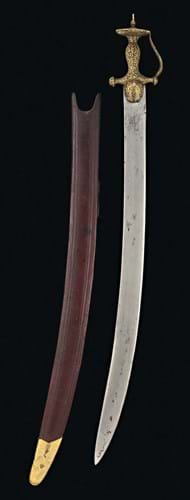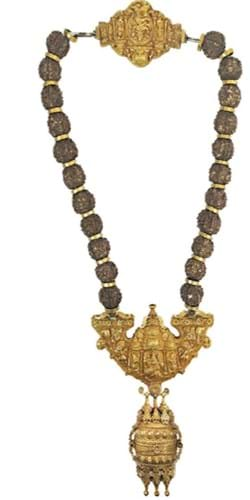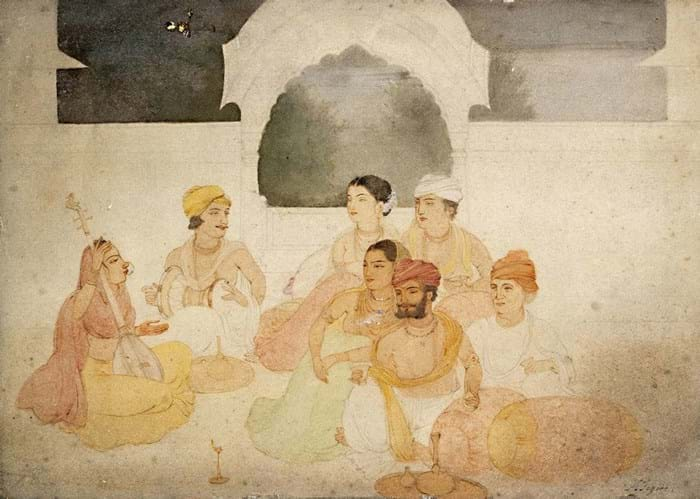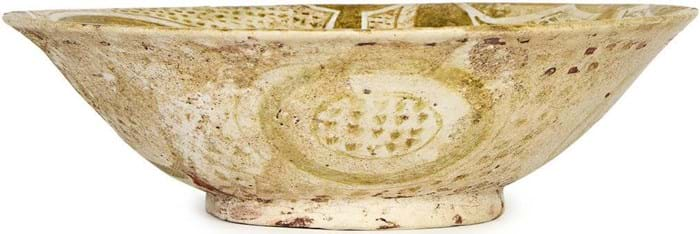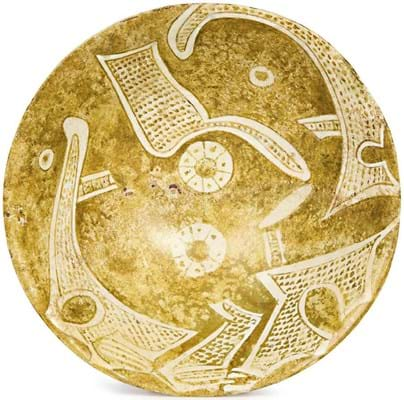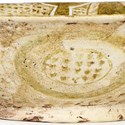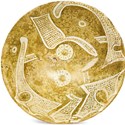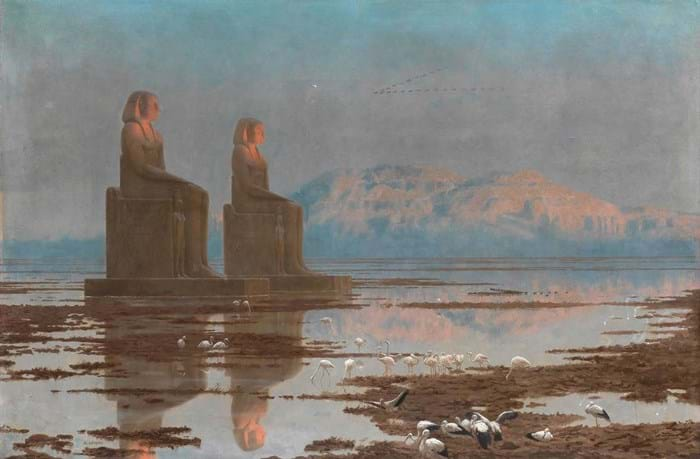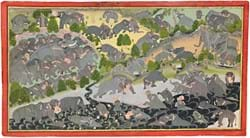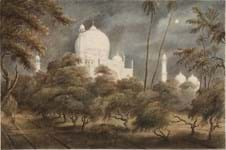Spoils of war from Seringapatam
Two previously unrecorded Tipu Sultan swords have been consigned to Christie’s from descendants of Charles, 1st Marquess Cornwallis (1738-1805), who live at stately home Port Eliot in Cornwall.
The sale of tulwars from the personal armoury of the Tiger of Mysore, celebrated hero of colonial resistance, will fund conservation works at the historic home.
It was following the fall of Seringapatam in 1799 that the victors created the Committee of Prize which presented several of the most high-profile items from Tipu’s collection to senior personnel and members of the British royal family.
Cornwallis, a former Governor-General of India, was given Tipu’s ‘war turban’ (now in the National Army Museum after it was sold by the family in 1971) and these two swords. One dated 1224 for c.1796-97 is estimated at £1.5m-2m while a second gem-set and enamelled sword tulwar and scabbard dated to the first half 18th century is guided at £80,000-120,000.
Christie’s states two other swords, almost identical, were presented to another senior member of the East India Company and to the British monarchy. One is now in Powis Castle and the other is in the Royal Collection.
Another sword from Tipu’s personal collection, which had been presented to Major General David Baird, achieved a hammer price of £12m at Bonhams in May this year (see ATG No 2595) which set a record for any Islamic object sold at auction.
Known as Tipu’s bedchamber sword, including fees it sold for £14m. It had previously been offered by descendants of General Baird in September 2003 at London numismatic firm Dix Noonan Webb when it sold for £150,000.
The two Cornwallis swords will be offered as part of Christie’s Art of the Islamic and Indian Worlds including Rugs and Carpets auction on October 26.
Rulers meet under a mango tree
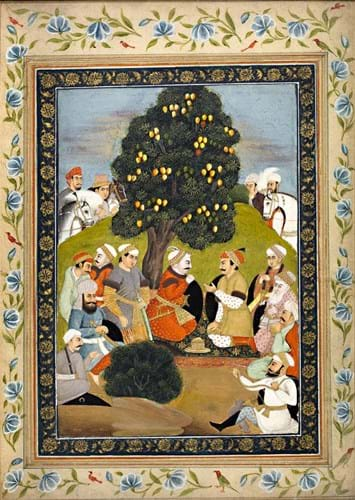
Jaipur painting of rulers conferring under a mango tree, c.1830, estimate £4000-6000 at Roseberys London.
This Jaipur painting of rulers conferring under a mango tree, c.1830, has a guide of £4000-6000 at Roseberys London on October 30.
The painting has a provenance to Lady Louisa Ann Colebrooke (1790-1867) who was born in Madras, the daughter of an army lieutenant. The second of her three husbands was James Edward Colebrooke, 3rd Bart, whom she married in Calcutta in 1820 before moving to the family seat at Colebrooke Park in Kent.
From the inscription in black ink to the reverse headed Natives of distinction conversing under a mango tree, it appears it was one of a group of pictures she gifted to a Mrs Bowell in c.1850.
Amulet attraction
This Rudrakshamalai necklace made in the Tamil Nadu region of southern India in the 19th century has an estimate of £10,000-15,000 as part of a sale of Islamic and Indian art and carpets at Lay’s in Penzance on October 31.
The west Cornwall vendor inherited the necklace, with its hinged amulet case and 22 beads, from her Indian father. A property entrepreneur living and working in Manhattan from 1977-2018, he collected Indian art and artefacts mainly purchased from New York auction houses.
Tagore ready to party
Four paintings by Abanindranath Tagore (1871-1951) will be sold at Woolley & Wallis in Salisbury on November 14. They come from a direct descendant of Norman Blount, a founder member of the Indian Society of Oriental Art that met monthly from 1907 in Calcutta. Blount, a jute broker, was appointed joint secretary alongside Tagore with Horatio Herbert Kitchener (Lord Kitchener), the president.
Tagore, founder of the Tagore School of Art, was an exponent of the Swadeshi movement, the foundation of modern Indian art, with its roots in Eastern spirituality rather than Western materialism.
This watercolour and pencil on card, a scene titled A Moonlit Music Party, is dated to c.1906. A series of wood block colour prints of the image were commissioned by the Indian Society of Oriental Art of which one is in the collection of the Victoria and Albert Museum. Estimate £5000-8000.
Full of promise
Fragments of broken Fatimid and Abbasid monochrome lustre bowls occasionally come to market. However, this 9in (23cm) example dated to the 10th century, is intact. It has the motif of a stylised peacock that is found on a number of Egyptian lustre vessels and those made in centres in Iraq.
An almost identical piece is currently on display in the Louvre Paris. This example comes for sale from a private collection in Canada at Plakas Auctions in London on October 24.
Estimate £10,000-15,000.
Chinese export service made for a prince
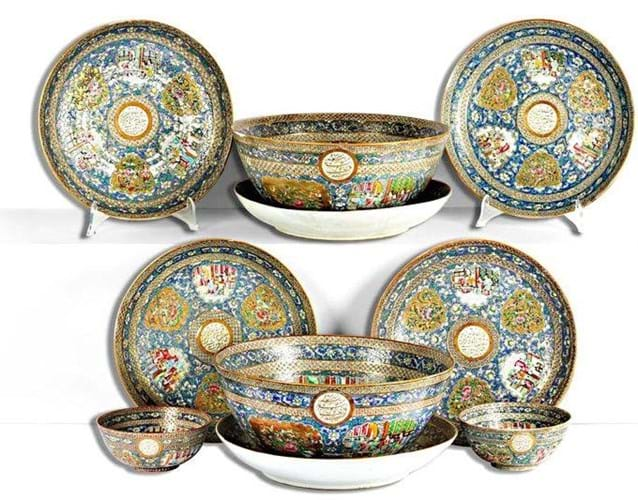
Pieces from the Chinese export ‘Blue Service’ made for the Qajar prince Mas’ud Mirza Zill al-Sultan on offer at Chiswick Auctions.
Ten pieces from the renowned Chinese export ‘Blue Service’ made for the Qajar prince Mas’ud Mirza Zill al-Sultan (1850-1918) lead the sixth and final tranche of a private European collection of Islamic and Indian art at Chiswick Auctions on October 31.
Alongside typical famille rose decoration is the unusual grey-mauve ground and a gilt inscription in Persian that identifies them as part of the large service commissioned by the prince, the eldest son of the ruling Shah Naser al-Din Shah (1831-96).
As his mother was a commoner, Mas’ud Mirza was excluded from the Qajar throne and instead operated as governor of Isfahan from 1866-99. His title Zill al-Sultan means the ‘Shadow of the King’.
Several vessels from his service have appeared on the London auction market in recent years. Offered in five lots of two or three pieces, these examples carry guides of between £800-2000.
Flood of emotions
Bonhams’ auctions of Indian and Islamic art will be held a little later than the norm. A live sale on November 14 will be followed by the conclusion of an online offering that runs from November 6-15. During ‘Islamic week’ the firm is conducting a 58-lot sale of Orientalist Art on October 25, where this oil on canvas by Jean-Léon Gérôme (1824-1904) is on offer with a guide of £80,000-120,000.
The Nile in Flood, Thebes, exhibited at the Paris Salon in 1901 depicts a flock of storks feeding at sunrise close to the Colossi of Memnon, the famed funerary statues of Amenhotep III. In addition to on-the-spot sketches made during his first trip to Egypt in 1856-57, Gérôme may have used contemporary photographs as an aide-mémoire to create the image.
Purchased from the Vose Galleries in 1929, it comes for sale from a Canadian collection.




